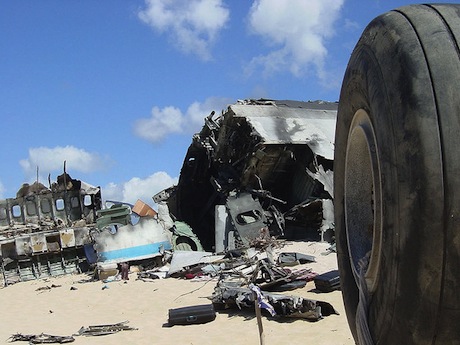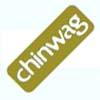Higher Chance of Surviving a Plane Crash Than Clicking a Banner Ad
Banner adverts are an ineffective way to drive traffic or boost online PR for a brand, it is reported by digital marketing agency TAN Media.
The banner ad is so unappealing that it “has become a symbol of all that’s wrong with online advertising”, according to Brian Morrissey in a post for Digiday.com.
Typically it is said to be lacking in creativity, intrusive and ignored by the overwhelming majority of web users.
Despite its major drawbacks it remains a mainstay of the internet, although many publishers are keen for the online marketing world to move away from the banner ad towards more fruitful and engaging options.
Those calling for its demise are citing a raft of data to back up their cause.
Statistics from ComScore suggest that 5.3 trillion display ads were served to US web users last year, which is a rise of one trillion from 2009.
However, research from DoubleClick indicates that click-through rates for banner ads are a paltry 0.1%.
ComScore even estimates that around one in three (31%) ad impressions cannot be viewed by users.
And the aforementioned click-through rates don’t get any more impressive when viewed in the context of ComScore data that suggests 8% of internet users are responsible for 85% of clicks.
Solve Media even goes as far as to say that an individual is more likely to survive a plane crash than click on a banner ad!
Research has been carried out by eMarketer into people’s perceptions of banner ads, with the finding that 15% of people trust banner ads completely or somewhat, whereas the equivalent figure for TV ads is 29%.
The same research suggests that around one in three people (34%) don’t trust banner ads at all or much, compared to one in four (26%) for magazine ads.
They continue to be popular with a number of brands though, as ComScore says that 445 different advertisers delivered more than a billion banner ads in 2012.
Last year, Gawker, the media news and gossip blog, made a significant move away from traditional display ads and said it would work with its advertisers directly to create new content avenues.
In an email to staff, Gawker chief executive Nick Denton said: “We all know the conventional wisdom: the days of the banner advertisement are numbered.
“In two years, our primary offering to marketers will be our discussion platform.”
Managing Director of TAN Media, Adam Rock concludes “Deeper engagement in the form of content marketing and social media outreach will attract online consumers of the future”.
Photo (cc) puuikibeach.




Comments
Higher Chance of Seeing a Banner Ad than Being in a Plane Crash
Thank G-d we have a higher chance of seeing a banner ad than being in a plane crash. The parallel is ludicrous. The reality is advertising across the board has gotten a bad rap. And now consumers have been programed to believe advertising is evil.
Well it's not.
Here's a simple fact: there are two forms of media, paid and free. Premium paid like Netflix or HBO personify the notion that professionally produced content can attract an audience. Un-paid media like network TV and web sites are ad supported. Then there’s the middle ground. We pay subscriptions for the NY Times or WSJ and AdAge, but they still subsidize the business with ads. There seems to be little issue with this approach. We understand the value exchange. Simply put: it is expensive for the NY Times or WSJ to produce professional content. Now all the buzz is on “native.” Native is essentially the blurred line between church and state with a core metric of brand lift not click through. And a lot of people are putting a lot of weight in this being the saving grace of digital advertising. Time will tell.
I have seen the enemy and the enemy is us. The advertising industry from agency to publisher has forced down the value of a digital impression. Impressions have a mix of metrics from CTR to CPA to Brand Lift. Actually, all of the above.
Yes…marketing is about metrics and return on investment, but it is also the fuel that drives the growth of professionally produced content. Without advertising, we would be left with noting but UGI that brands would find hard to leverage to connect on a visceral level with consumers.
We all need to be rowing in the same direction. We all must believe that good advertising exists and consumers are willing to connect on a visceral level with a brand. We can’t be solely reliant on the “click” devaluing “brand.” We MUST recognize that advertising is the lifeblood of the content ecosystem.
This article couldn’t be shorter sighted with a hyperbolic headline to grab attention. This is just another bandwagon writer willing to bash the banner and digital advertising. It’s a shame.
media planning > algorhythms
A good wake-up call. And a fine testament to the perils of algorhythm driven media planning. Strategic placement is as valuable in on-line as it is in press and TV media planning. Context is crucial. The bigger half of the problem is the acute lack of creativity in the communications process. Whatever happened to Awareness, Interest and Desire ahead of demanding Action. Not a very enticing customer courtship is it. Resulting in a tawdry 0.1% CTR. These are merely the early fumblings of an adolescent new medium that will come of age. Bluepod's premium on-line media CONTEXT delivers upto 7% CTR (and rising), so it can be done. We do await a step change in creative execution - then things really will get interesting...